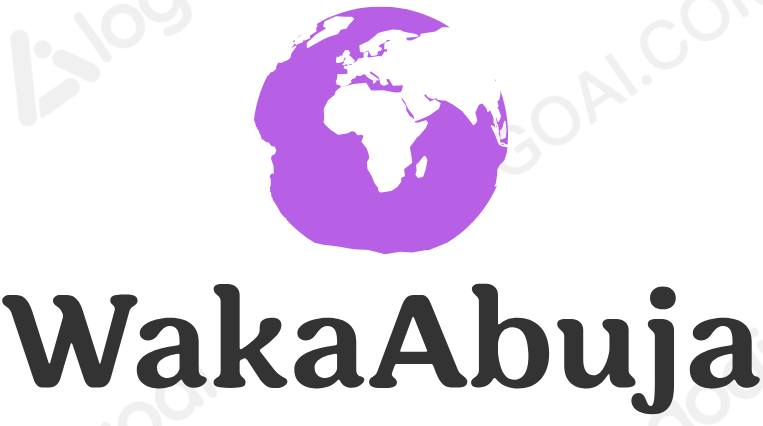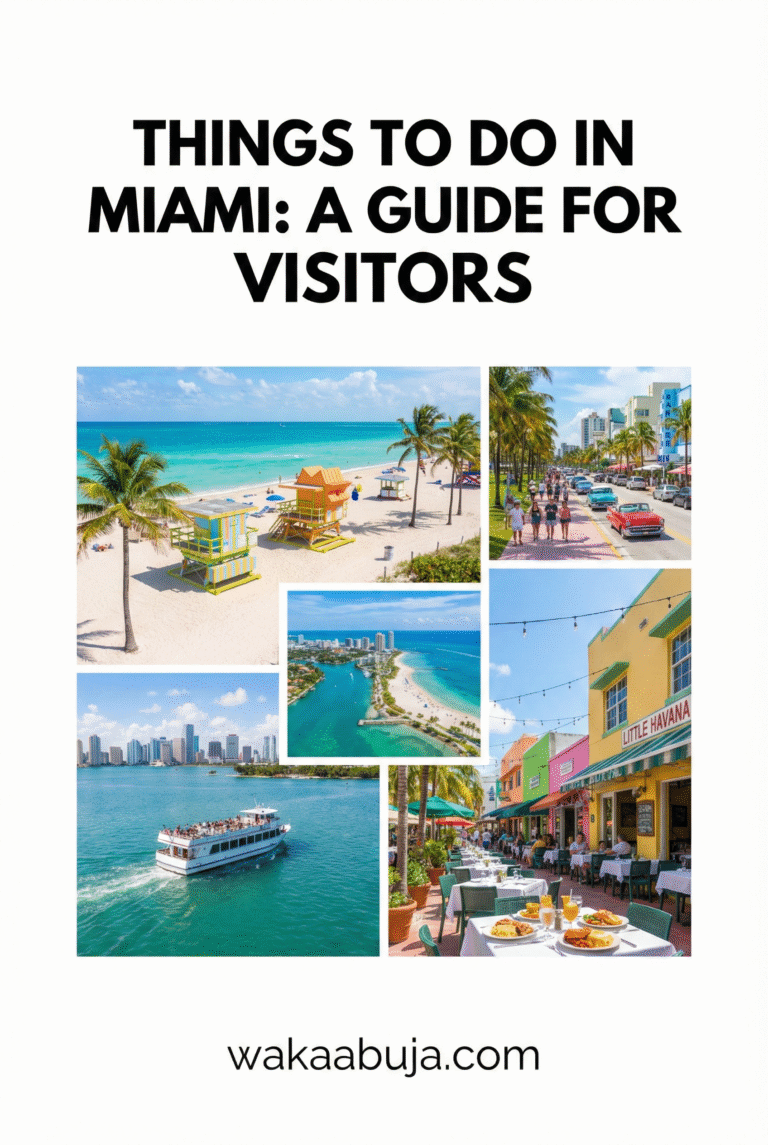TL;DR—Quick Insights
Africa’s rivers are the veins of the continent—nourishing ecosystems, cultures, and economies. The Nile reigns supreme as the longest river in Africa and the world at approximately 6,650 km, flowing through 11 countries. Following it, the Congo and Niger rivers stretch thousands of kilometers, each with unique ecological and cultural significance.
This article dives deep into the top 10 longest rivers in Africa, revealing their geography, history, and why they remain vital today.
1. Nile River: The Ancient Lifeline of Civilization
The Nile River, at around 6,650 km (4,132 miles), is not just Africa’s longest river but the longest in the world. It flows northward from East Africa’s Lake Victoria and Lake Tana, traversing 11 countries, including Uganda, Sudan, Ethiopia, and Egypt, before emptying into the Mediterranean Sea. This river’s significance is monumental—it enabled the rise of Ancient Egypt, providing fertile soil in an otherwise arid landscape, supporting 95% of Egypt’s population even today.
What fascinates me most about the Nile is how it blends nature and culture. The river sustains diverse wildlife like the iconic Nile crocodile and the papyrus plant, which shaped early writing materials. Modern infrastructure like the Aswân High Dam harnesses its power, balancing heritage with progress.
2. Congo River: The Mighty Central African Giant
Stretching about 4,700 km (2,920 miles), the Congo River is Africa’s second-longest and the world’s deepest river. Flowing through the dense rainforests of Central Africa, primarily the Democratic Republic of Congo, it is a vital artery for transportation, hydroelectric power, and biodiversity. The Congo Basin is a treasure trove of wildlife, including rare species like the okapi and forest elephants.
On my visit to Kinshasa, I witnessed how the river shapes daily life—from bustling river ports to fishing communities relying on its waters. The Congo’s turbulent rapids and vast swamps tell a story of resilience and natural grandeur.
3. Niger River: West Africa’s Crescent of Life
The Niger River flows approximately 4,180 km (2,600 miles) through Guinea, Mali, Niger, Benin, and Nigeria before reaching the Atlantic Ocean. Its crescent-shaped course supports millions through agriculture, fishing, and transport. I remember the vibrant markets along its banks in Mali, where the river’s bounty feeds entire communities.
The Niger’s floodplains create fertile lands that have nurtured civilizations for centuries. Its importance is not just economic but cultural, deeply woven into the traditions and livelihoods of West African peoples.
4. Zambezi River: The Spectacular Southern Waterway
At around 2,574 km (1,600 miles), the Zambezi River is famed for Victoria Falls, one of the world’s largest waterfalls. Flowing through six countries, including Zambia, Zimbabwe, and Mozambique, the Zambezi supports rich biodiversity and hydroelectric projects like the Kariba Dam.
I was awestruck standing at the edge of Victoria Falls, feeling the spray and hearing the roar—a vivid reminder of the river’s power and beauty. The Zambezi’s journey through savannas and gorges highlights Africa’s diverse landscapes.
5. Ubangi-Uele River System: The Central African Tributary Network
The Ubangi and Uele rivers, together spanning about 2,270 km, form a significant tributary system feeding into the Congo River. Flowing through the Central African Republic and the Democratic Republic of Congo, this river system supports dense rainforests and diverse wildlife.
This river system is less known but vital for local communities relying on fishing and transport. Its waters weave through some of Africa’s most pristine and remote environments.
6. Kasai River: The Congo’s Vital Tributary
The Kasai River runs about 2,153 km through Angola and the Democratic Republic of Congo before joining the Congo River. It supports rich fisheries and is a key waterway for local transport.
During my research, I found that the Kasai basin is home to unique cultural groups and diverse ecosystems, making it an important yet often overlooked river in Africa’s hydrological network.
7. Orange River: Southern Africa’s Lifeline
Flowing 2,200 km from the Drakensberg Mountains in Lesotho through South Africa to the Atlantic Ocean, the Orange River is crucial for irrigation, mining, and hydroelectric power.
I recall a trip to the river’s dry, rugged banks where vineyards thrive thanks to its waters—a testament to how this river transforms arid landscapes into productive land.
8. Limpopo River: The Border River of Southern Africa
The Limpopo River, about 1,750 km long, flows through South Africa, Botswana, Zimbabwe, and Mozambique, ending in the Indian Ocean. It is known for its wildlife-rich floodplains and cultural heritage.
The river’s basin supports agriculture and tourism, especially safaris. I’ve heard from locals how the Limpopo shapes seasonal rhythms and traditions.
9. Senegal River: West Africa’s Transboundary Waterway
The Senegal River stretches approximately 1,641 km, flowing through Guinea, Mali, Mauritania, and Senegal before reaching the Atlantic Ocean. It supports agriculture, fishing, and hydroelectric power.
The river’s delta is a biodiversity hotspot. I found that local communities celebrate the river with festivals honoring its life-giving role.
10. Blue Nile: The Ethiopian Highland Source
The Blue Nile, about 1,600 km long, originates from Lake Tana in Ethiopia and merges with the White Nile in Sudan. It contributes the majority of the Nile’s water and fertile silt.
I was struck by the Blue Nile’s dramatic gorges and waterfalls, which contrast with the calm stretches downstream. Its seasonal floods have shaped agriculture and culture in the region for millennia.
Key Takeaways
- The Nile River is the longest river in Africa and the world, flowing through 11 countries.
- The Congo River is the deepest and second longest, vital for Central Africa’s ecology and economy.
- West Africa’s Niger River supports millions through agriculture and culture.
- The Zambezi River is famous for Victoria Falls and hydroelectric power.
- Each river plays a unique role in sustaining Africa’s biodiversity, cultures, and economies.
Why These Rivers Matter
- They enable agriculture and food security across diverse climates.
- They serve as transportation corridors connecting remote communities.
- They support rich biodiversity and unique ecosystems.
- They hold cultural and historical significance dating back millennia.
- They provide renewable energy through hydroelectric dams.
Frequently Asked Questions About Africa’s Longest Rivers
Which river is the longest in Africa?
The Nile River is the longest river in Africa and the world, measuring approximately 6,650 kilometers (4,132 miles).
How many countries does the Nile River flow through?
The Nile flows through 11 countries, including Uganda, Sudan, Ethiopia, and Egypt.
What is unique about the Congo River?
The Congo River is the world’s deepest river and second longest in Africa, known for its vast rainforest basin and hydroelectric potential.
Where can I see Victoria Falls?
Victoria Falls is located on the Zambezi River, on the border between Zambia and Zimbabwe.
Why are Africa’s rivers important today?
They provide essential water for agriculture, support biodiversity, enable transportation, and generate hydroelectric power, sustaining millions of lives.




